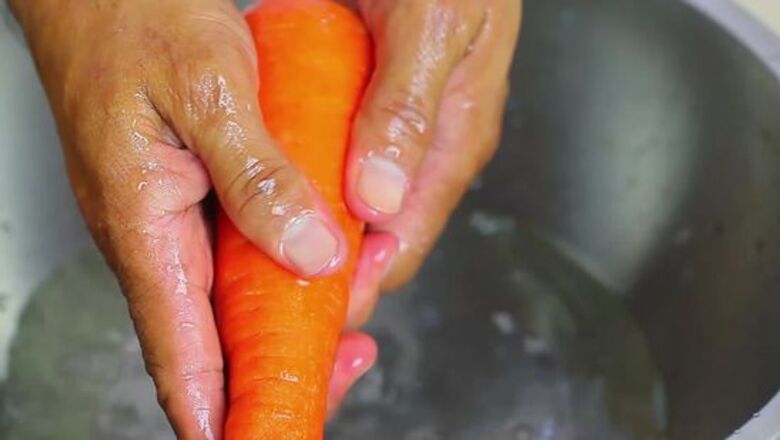
views
Blanching the Carrots Before Freezing

Wash the carrots. Rinse or scrub the carrots under running water to remove dirt. If using carrots harvested from your own garden, you will likely need to scrub them with a vegetable brush to remove the dirt. If using store-bought carrots, rinsing them under cold to lukewarm water will usually be enough to clean them.
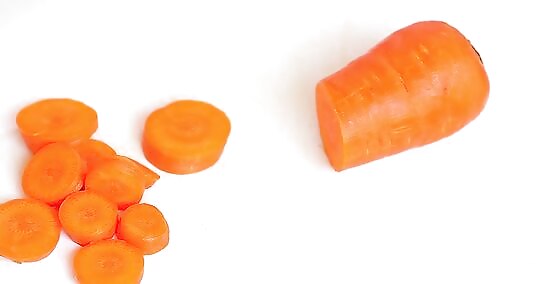
Chop the carrots into smaller pieces. Use a knife to cut the carrots into 1/4 inch (6.35 mm) coins. Use a vegetable peeler to shave off the outer layer, revealing the bright orange flesh beneath. Trim off the ends. Use a knife to cut 1/4 inch (6.35 mm) or so off both ends. Discard. Cut the remainder of the carrot into 1/4 inch (6.35 mm) coins. You could also cut the carrots into thin, Julianne-style strips or other small pieces, but coins are generally the easiest to work with. If you do decide to use baby carrots, you do not need to cut them up.
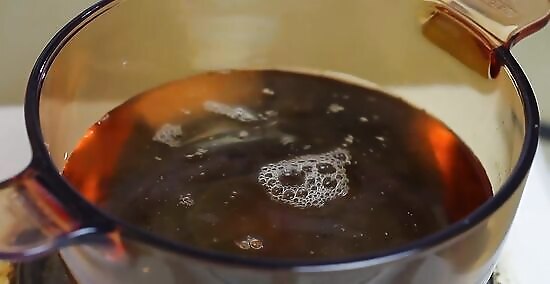
Boil water in a large pot. Fill roughly 2/3 of the pot with water and set it to boiling over high heat. The water needs to reach a strong, rolling boil. If you do not have a pot that is large enough to hold all the chopped carrots, work in batches. Finish the blanching process for each batch before beginning the next batch.
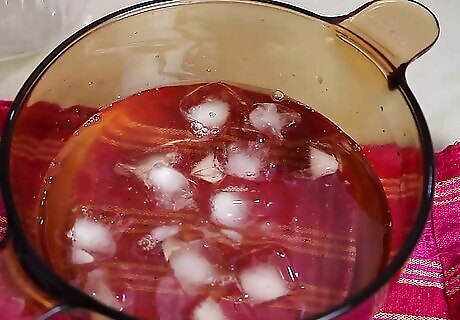
Prepare a large bowl of ice water. The bowl of ice water should be at least the same size as the pot of boiling water. Add a minimum of one tray of ice, roughly 12 cubes, to the bowl and fill 2/3 of it with cold water. It is important that you have the ice water ready before you begin the process of blanching your carrots. If working in batches, you may need to add more ice over time if you notice the first round of ice beginning to melt.

Blanch the carrots in the boiling water. Transfer the prepared carrots to the boiling water and cook them briefly. Sliced carrots should only take 2 minutes. Whole baby carrots will take about 5 minutes. Blanching restricts certain natural enzymes and bacteria in the carrots, thereby preventing them from changing color, losing flavor, or losing nutritional value. You can safely reuse blanching water up to five separate times, but you may need to add more hot water to the pot as time passes.
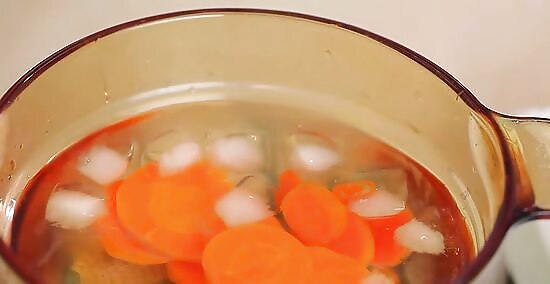
Quickly transfer the carrots to the ice water. As soon as the required amount of time passes, use a slotted spoon the scoop the carrots out of the pot and into the bowl of ice water. Allow the carrots to sit in the ice water for the same amount of time they sat in the boiling water. Generally, this means that sliced carrots need to be cooled for 2 minutes and baby carrots need to be cooled for 5 minutes. Cooling the carrots down is essential because it stops the cooking process. You do not want the carrots to be thoroughly cooked.
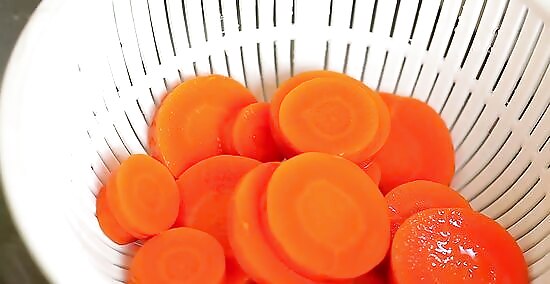
Drain the carrots. Transfer the carrots to a colander and allow them to drain for several minutes. Alternatively, you could also remove them from the water with a slotted spoon and sit them out to dry on layers of clean paper towel.
Freezing the Carrots
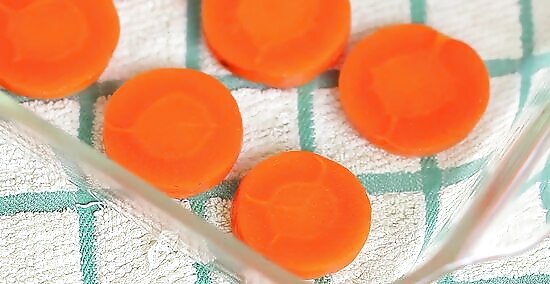
Spread the carrots out on a baking sheet. Position the carrots on the baking sheet in a single layer, making sure that they do not touch one another or overlap. If the carrots overlap at all, they will end up sticking together upon being frozen. This step is done for the sole purpose of preventing the carrots from sticking together in the freezer, making them easier to measure out and thaw later on. If you do not have enough room on the baking sheet for all the carrots, use multiple baking sheets or do this step in batches.
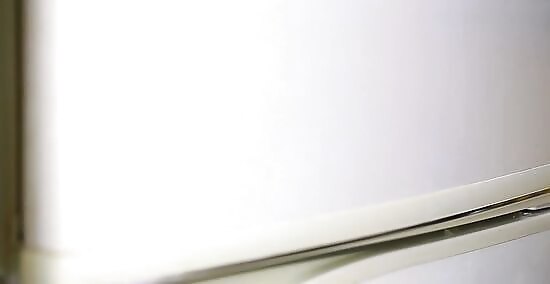
Pre-freeze the carrots. Place the baking sheet of carrots in the freezer for 1 or 2 hours, or until the carrots are frozen solid. Pre-freezing the carrots is an optional step. If you plan on using an entire bag or container of frozen carrots at once, you do not necessarily need to freeze the carrots individually. If you do not plan on using the entire batch at once, though, pre-freezing the carrots prevents them from sticking together when frozen for long-term storage. The carrots are frozen solid once you cannot cut or break them with a knife.
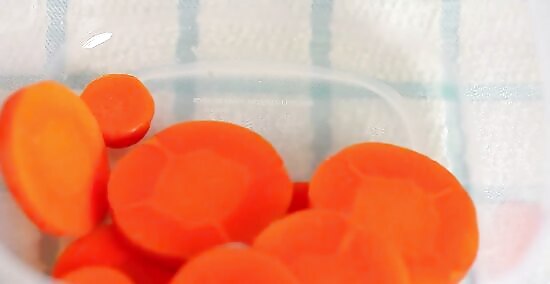
Transfer the carrots to a freezer-safe container. Slide the carrots off the baking sheet with a flat spatula and transfer them into a freezer-safe plastic container or freezer-safe resealable plastic bag. If using a plastic container, make sure that there is at least 1/2 inch (1.25 cm) of empty headspace between the carrots and the top of the container. Food expands as it is frozen, and the extra space allows the carrots to expand as needed. If using a plastic bag, make sure to squeeze out as much excess air as possible before sealing the bag. Use a vacuum sealer if you have one. Glass containers are not recommended because they tend to crack and break in the freezer. Label the container with the current date so that you will know, in the future, how long your carrots have been in storage.

Freeze until ready to use. Carrots retain their quality for roughly 9 months in an ordinary freezer and an ordinary resealable plastic bag or plastic container. If using a vacuum-sealed bag and storing the carrots in a deep freeze, carrots will usually last for 14 months without decreasing in quality. Frozen carrots are best used in cooked dishes rather than raw dishes.













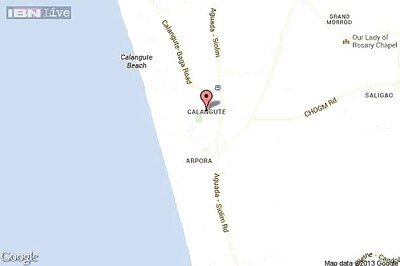


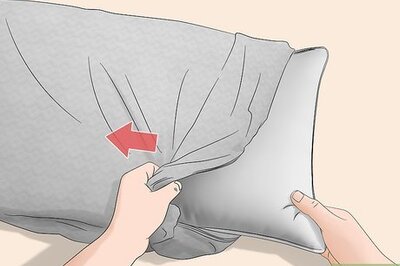

Comments
0 comment